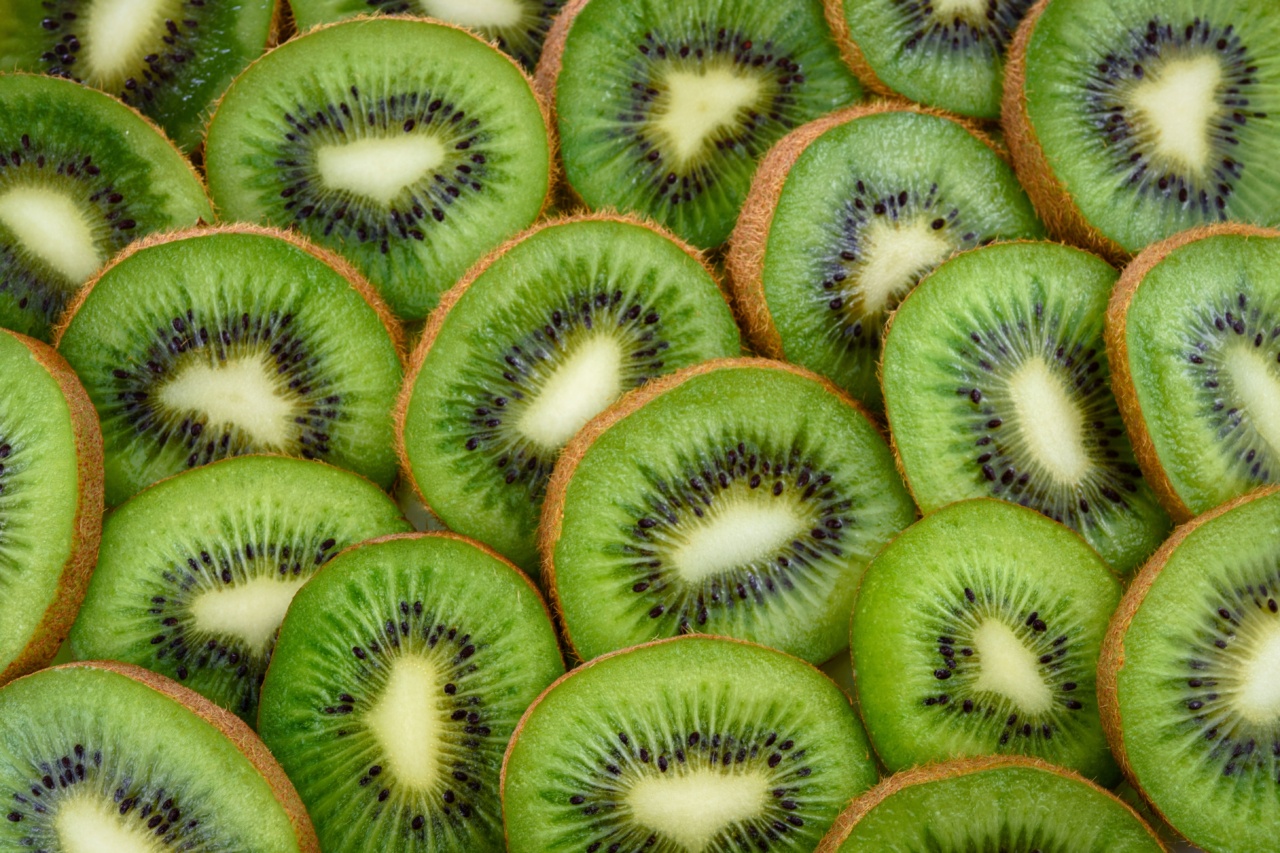When it comes to choosing between fresh fruits and dried fruits, people often wonder which option is more nutritious. Both fresh and dried fruits offer a range of health benefits, but the differences in their nutritional value can vary.
In this article, we will explore the nutritional aspects of fresh fruits and dried fruits to determine which one is more beneficial for our overall health.
1. Nutrient Content
Fresh fruits are known for their high water content, which dilutes their nutrient density. However, they are an excellent source of essential vitamins, minerals, and dietary fiber.
Fresh fruits also contain a variety of antioxidants that protect our cells from damage caused by harmful free radicals. Some examples of fresh fruits rich in nutrients are berries, citrus fruits, and leafy greens.
Dried fruits, on the other hand, have a significantly lower water content compared to fresh fruits, which concentrates their nutrients, making them a more concentrated source of nutrients.
Dried fruits also have higher amounts of certain vitamins and minerals, such as potassium, iron, and calcium, per serving than fresh fruits. However, the drying process can lead to a loss of heat-sensitive vitamins like vitamin C, so the overall nutrient content may vary depending on the fruit and the drying method.
2. Fiber Content
Fiber is an essential component of a healthy diet as it aids in digestion, helps maintain a healthy weight, and reduces the risk of certain diseases.
Fresh fruits are an excellent source of dietary fiber, especially when consumed with their skin or pulp. The fiber content in fresh fruits adds bulk to our stool, promotes regular bowel movements, and prevents constipation.
Dried fruits are also rich in fiber, but since they have a higher concentration of nutrients, they can contribute to a higher fiber intake in a smaller serving.
However, due to the drying process, some dried fruits may have less insoluble fiber than their fresh counterparts. Insoluble fiber adds bulk to our stool and helps prevent digestive issues like constipation. Therefore, if you are looking to increase your fiber intake, both fresh and dried fruits can play a beneficial role in your diet.
3. Natural Sugar Content
Fresh fruits are low in calorie and high in natural sugars, which are easily metabolized by our bodies.
These natural sugars are accompanied by other essential nutrients, such as vitamins, minerals, and fiber, which slow down the absorption of sugar into our bloodstream. This gradual release of sugar helps prevent blood sugar spikes and provides sustained energy.
Dried fruits, however, have a much higher concentration of sugar due to the removal of water content.
While the natural sugars in dried fruits are still accompanied by fiber and nutrients, the smaller serving sizes of dried fruits can lead to a higher overall sugar intake. This can be a concern for individuals with conditions such as diabetes or those who are watching their sugar intake.
4. Antioxidant Content
Antioxidants are compounds that help neutralize harmful free radicals in our bodies, reducing oxidative stress and lowering the risk of chronic diseases.
Fresh fruits, especially brightly colored ones like berries and citrus fruits, are rich in antioxidants such as vitamin C, anthocyanins, and flavonoids.
Drying fruits can cause a decrease in the antioxidant content, particularly sensitive antioxidants like vitamin C.
However, some dried fruits, such as dried plums and raisins, still retain a significant amount of antioxidants and can provide similar benefits as fresh fruits in terms of antioxidant power. It is essential to note that the specific fruit, the drying method, and storage conditions can affect the final antioxidant content in dried fruits.
5. Convenience and Portion Control
Dried fruits offer the advantage of convenience and a longer shelf life compared to fresh fruits. They are an excellent snack option for individuals on the go or for those who struggle to consume fresh fruits regularly.
Dried fruits are also a great addition to recipes like trail mixes, granola bars, and baked goods, adding natural sweetness and a chewy texture.
However, it’s crucial to practice portion control with dried fruits due to their concentrated nature. They are much higher in calories than fresh fruits due to their reduced water content.
Consuming large amounts of dried fruits can lead to an excessive calorie intake, which may contribute to weight gain or other health issues if not controlled.
Conclusion
In conclusion, both fresh fruits and dried fruits offer various health benefits. Fresh fruits provide essential vitamins, minerals, and dietary fiber, while dried fruits offer a concentrated source of nutrients in smaller serving sizes.
When choosing between fresh and dried fruits, it’s essential to consider your specific nutritional needs, taste preferences, and any dietary restrictions or health conditions you may have.
Remember that fresh fruits are hydrating, provide a range of essential nutrients, and are lower in natural sugars.
On the other hand, dried fruits are a convenient snack option, provide a concentrated source of nutrients, and can be a good source of fiber. To maximize the benefits, it is best to include a variety of both fresh and dried fruits in your diet while practicing portion control.





























